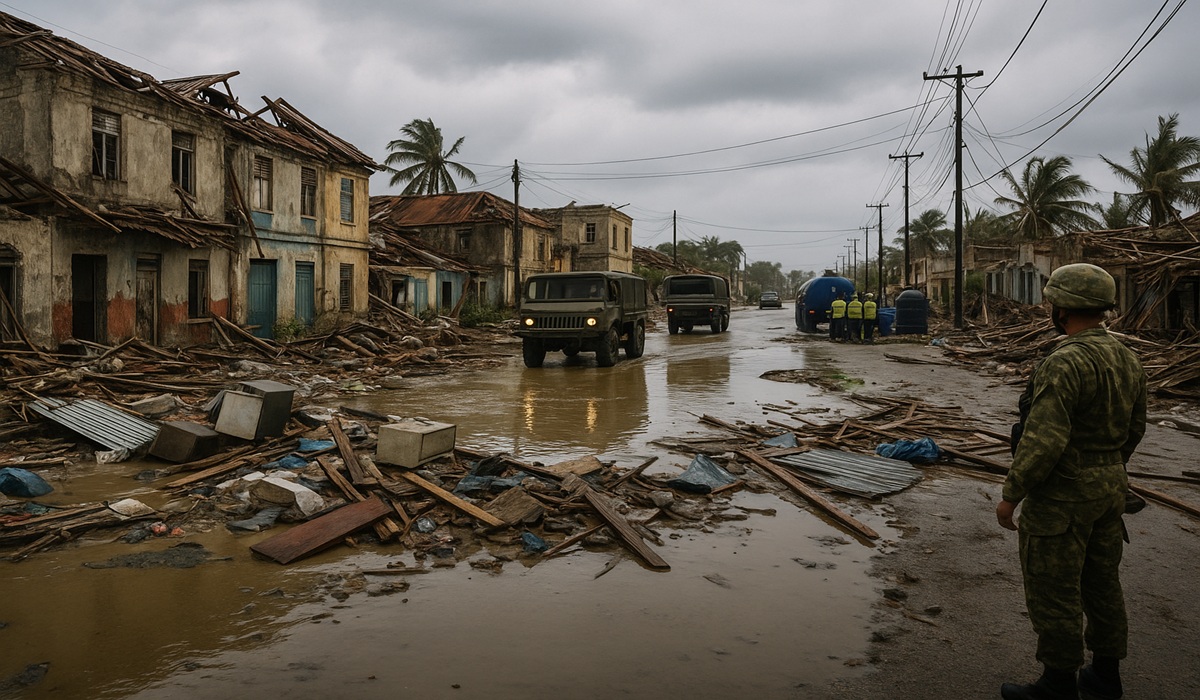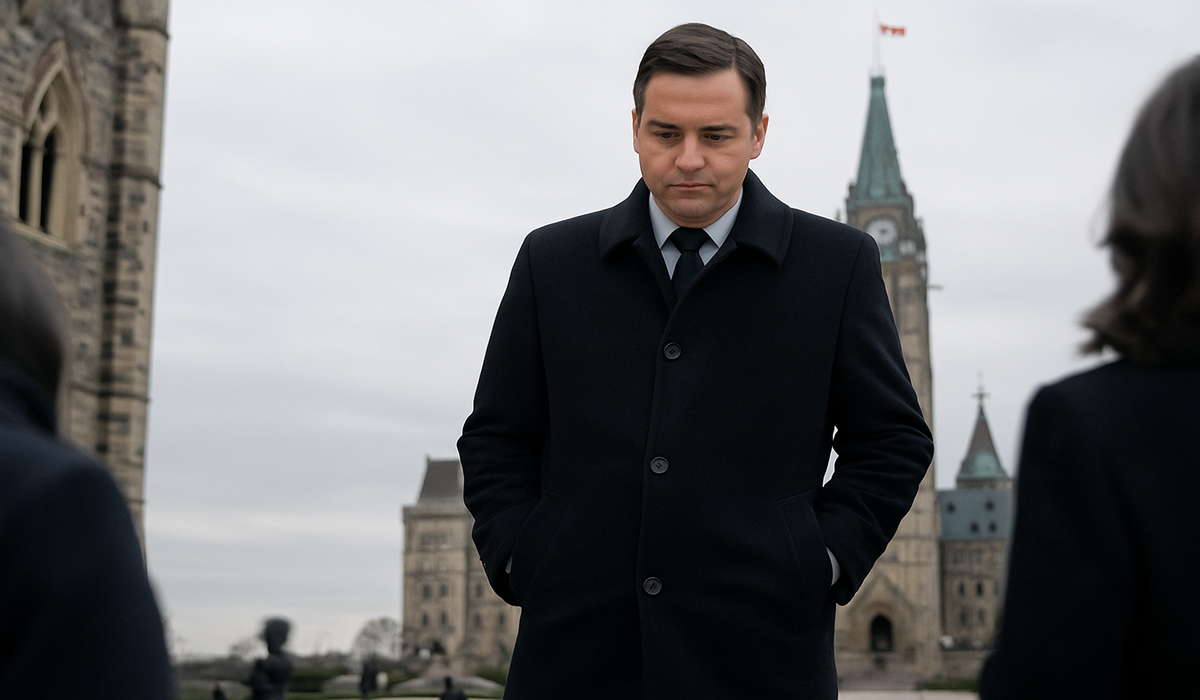Storm-Scarred but Unbroken: Jamaica Rises After Hurricane Melissa
- Kingston Bailey
- Breaking News
- Caribbean
- Climate Change
- November 10, 2025

Hurricane Melissa tore through Jamaica with a force unseen in generations, ripping roofs from homes, flooding entire parishes, and cutting lifelines of power and water across the island. The storm’s fury left behind a scene of devastation—collapsed bridges, uprooted trees, and neighbourhoods turned to rivers—but also a nation united in recovery. From the early morning hours when the hurricane’s eyewall made landfall on the southwest coast, it became clear this would be a defining moment in Jamaica’s modern history.
For days, wind gusts exceeding 180 miles per hour battered the coastline, leaving towns such as Savanna-la-Mar, Black River, and Treasure Beach in ruins. Roads remain blocked by mountains of debris, and many rural communities are still inaccessible to emergency crews. Power lines hang like tangled vines, transformers lie in flooded ditches, and in several parishes water pumps were either damaged or rendered useless by the loss of electricity. As of this week, thousands of households are still without running water or power, relying on stored rainwater, candles, and small generators to get by.
Despite the magnitude of the storm, the number of confirmed deaths remains remarkably low—an outcome credited to early warnings, coordinated evacuations, and strong community preparedness. Officials have confirmed that while the material damage is catastrophic, the loss of life is far below what experts feared for a Category 5 hurricane of this intensity. The sense of gratitude runs deep among survivors, many of whom describe their experience as a miracle of timing and resilience.
Humanitarian aid is now arriving by the hour. The country’s airports, once shut down by fierce winds and flooding, have reopened to relief flights carrying food, bottled water, medical supplies, and temporary shelters. Both local and international organizations have mobilized teams to deliver aid to the hardest-hit areas. In Kingston and Montego Bay, volunteers are packing relief boxes, while convoys of trucks move slowly along damaged highways to reach shelters in the countryside. The army and coast guard continue to assist in airlifts to isolated villages where roads remain buried under landslides.
Prime Minister Andrew Holness has addressed the nation several times since the storm, calling this disaster “a test of our unity and endurance.” He emphasized that the rebuilding phase must focus not only on restoring what was lost but on constructing infrastructure capable of withstanding future storms. Engineers have already begun assessments of critical facilities—hospitals, schools, water plants, and power substations—to determine where reinforcement and relocation will be necessary. The government has pledged that rebuilding will follow stricter building codes, flood-management systems, and updated disaster-response networks.
Across the island, stories of survival and compassion are emerging. In Clarendon, a group of teachers reopened a damaged primary school in a church hall so children could resume classes. In Westmoreland, fishermen who lost their boats are sharing what little catch they have with elderly neighbours. At shelters, families gather nightly around lanterns, singing hymns and sharing food with strangers turned friends. The spirit of solidarity—something Jamaica has always carried in its DNA—now defines its recovery.
Economically, the blow is immense. Early estimates suggest damages could equal nearly a third of the nation’s annual output, with agriculture, tourism, and housing suffering the heaviest losses. Sugar-cane and banana plantations are flattened, while hotels along the southern coast report widespread flooding. Yet the business community has responded with remarkable speed: banks have suspended loan payments, small-business associations have launched recovery grants, and local entrepreneurs are already planning how to rebuild stronger, greener, and more resilient operations.
While rebuilding will take months—perhaps years—the nation’s optimism remains unshaken. The roads are slowly reopening, water trucks are restoring service to towns that went dry, and electricity crews are working around the clock. The phrase “wi nah give up,” now echoing across radio stations and social media, has become a rallying cry for hope and perseverance.
Jamaica’s people have faced hurricanes before, but this one has reminded the world of what truly defines the island—not the storms that strike it, but the strength that rises after. Hurricane Melissa will be remembered not only for its fury but for the courage it awakened. From the hills of St. Elizabeth to the streets of Kingston, one truth stands clear: Jamaica will rebuild, and when it does, it will stand stronger than ever before.








